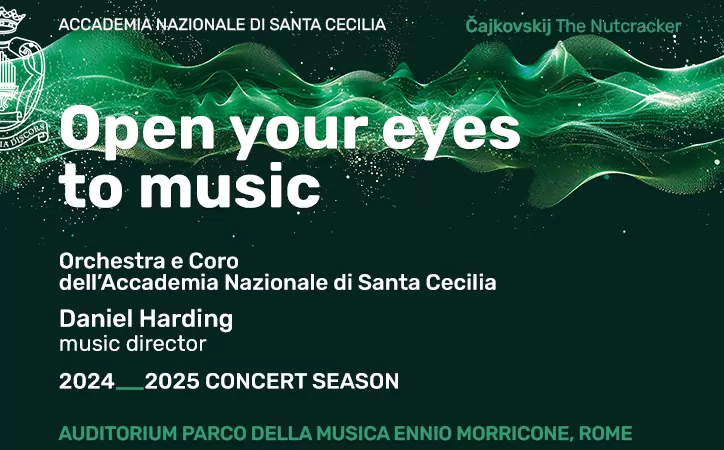Weaving the way from Giotto to Malevich.
Though there are a great many masterpieces and surprises in this exhibition, it is a hotchpotch because it is a theme show. Theme shows are notoriously dangerous, because more often than not the works are gathered and squeezed into an arbitrary or fictitious context stretching meanings of style, geographical and historical trends and ideals, to fit into a given, preconceived mould.
Here it is proposed that Russia was deeply influenced by Italy, but who wasnt? Just like everyone else in Europe, after the middle ages and the Sienese school, after the astounding burgeoning of the Renaissance in Florence, no school of artists in Holland, Germany or France was ever the same again. Almost since prehistoric times everyone has been touched by what happened to art in Italy. True, the Russians were once on a parallel course when their icon painters developed from the Byzantine style, which had its roots in the last painting of ancient Greece. But in Italy Giotto, the great and gentle innovator, broke out of the Byzantine, while Russians have gone on practising it with hierarchic stiffness to this day.
The Italian architects and decorators were the next link with Russia. They streamed to St Petersburg, a city invented on the mud flats facing Sweden, to challenge its power. From Peter the Great onward, Russian monarchs were consumed with a passion for collecting and commissioning Italian works, which culminated in the unrivalled collections housed in the Hermitage.
In the 19th century, Russian pot-boiler painters found inspiration in the homely work of the Macchiaioli, the Tuscan daubers, who unlike the sparkling French impressionists, took the sun for granted and painted sober gentle scenery in muted colours. Finally, early in the 20th century, the ideas of new Italians, as well as French avantgardists, had their sway on Russian soil.
These complications are not laid out well in this exhibition, despite all the usual wall texts. Further, you feel that the politics of art, or just plain politics, are to blame for the lack of clarity.
The exhibition begins with a wealth of icons, with Rublevs production standing out, but few memorable works by Russians follow. Then there is suddenly a line of glorious Italian masterworks, flash, flash, flash, one after the another, laid out like a course in an art history book. Bellini, Da Messina, Mantegna, Botticelli, Titian, Tiepolo, Caravaggio, Reni, and naturally, tiny examples from the hands of the greats Michelangelo, Da Vinci, Raphael all in a row. Of course Canaletto and Guardi, so beloved by early wealthy tourists, are included.
There are surprises, works from out-of-the-way places, seen rarely: for instance, two small Donatello reliefs in bronze and gold of tambourine-playing angels from the basilica in Pavia; a wooden model of Brunelleschis cupola of S. Maria del Fiore; a Tiepolo of Emperor Augustus being presented with art works from the Hermitage; chubby little angels in a model of the trompe loeil cupola of the church of Il Ges in Rome painted by the dizzyingly baroque Baciccia. Examples of the Macchiaioli come from provincial museums. One of the most quietly poetic is Pietramala at the end of August by the Genovese Telemaco Signorini. There is a charming scene of singing ladies in sprigged muslin by Lega, and of other bourgeois 19th-century ladies by Russians as well as Italians.
After all the confusing and arbitrary grouping in many confusing halls, you stand in the last large hall which, with its splendid examples of Modernism, makes your visit worthwhile. Here we have Boccionis bronze striding into agitated space, Futurism at its apex, and a blunt strong scene of sturdy peasants by Natalia Goncharova. Then there are two marvellous abstractions by Paris-touched Russians: the 1911 Kandinsky Improvisation looks as fresh and fluffy as new snow and the 1915 Kasemir Malevich Composition without Objects, which you have seen reproduced in tons of modern art books, is suddenly revealed before you, beautifully and delicately brushed, contours as fine as cut glass, a few colours and some grave glowing shapes. What, its nearly a century old? But it speaks to you as if it were made today.
The last painting in the show is a 1920 Carr of a pine tree on a lone beach. It is as simple and bold as the rosy Giotto at the beginning of the show. And from the glow of early religious art we have arrived at pure abstraction. From Giottos power we have come to the vivid 20th century. This is the only logic in the exhibition. A cohesive itinerary explaining why Russian and Italian art are supposed to interweave is missing, nor is it possible. But even without a path, you have waded through a meadow of great art.
From Giotto to Malevich. Until 9 Jan 2005.
Scuderie del Quirinale, Via XXIV Maggio 16.
For information and ticket office, tel 0639967500.



















